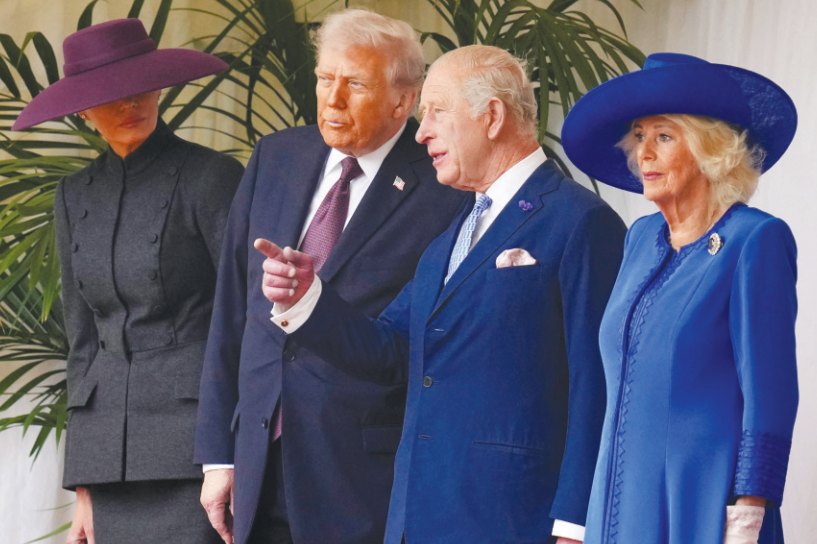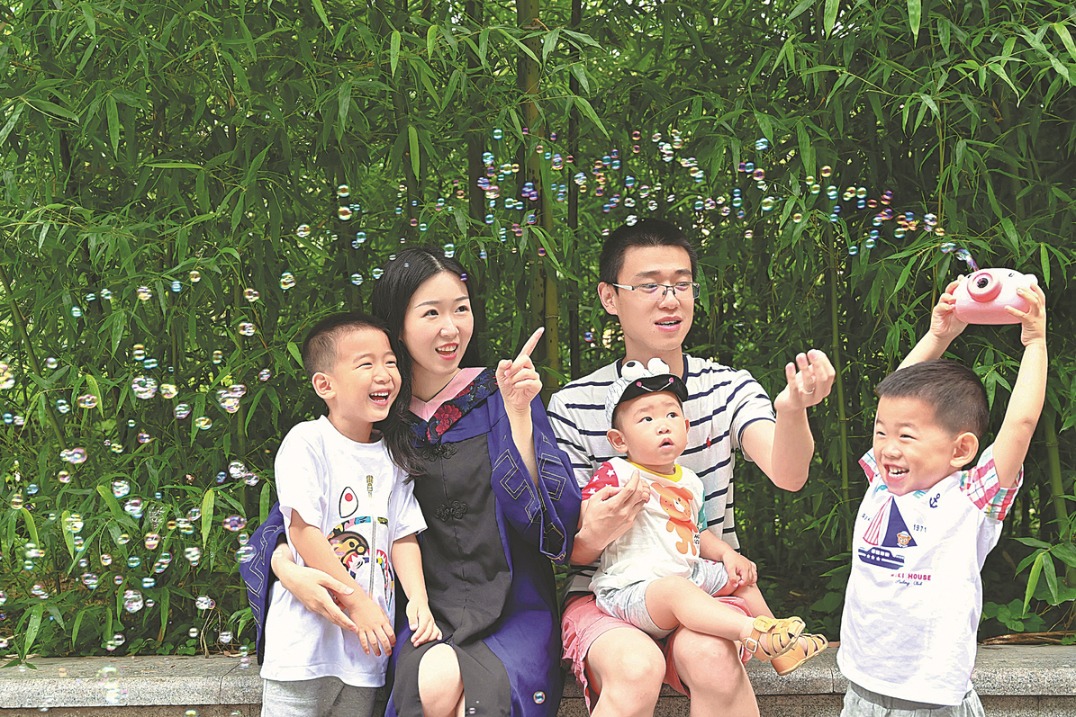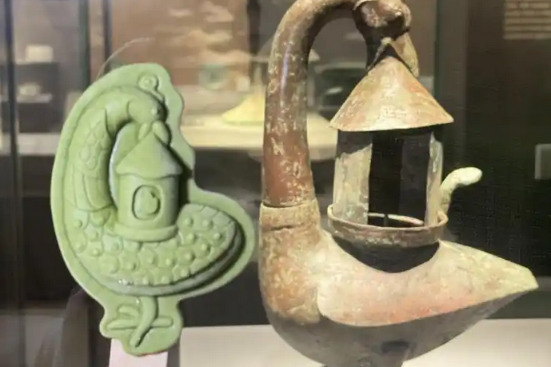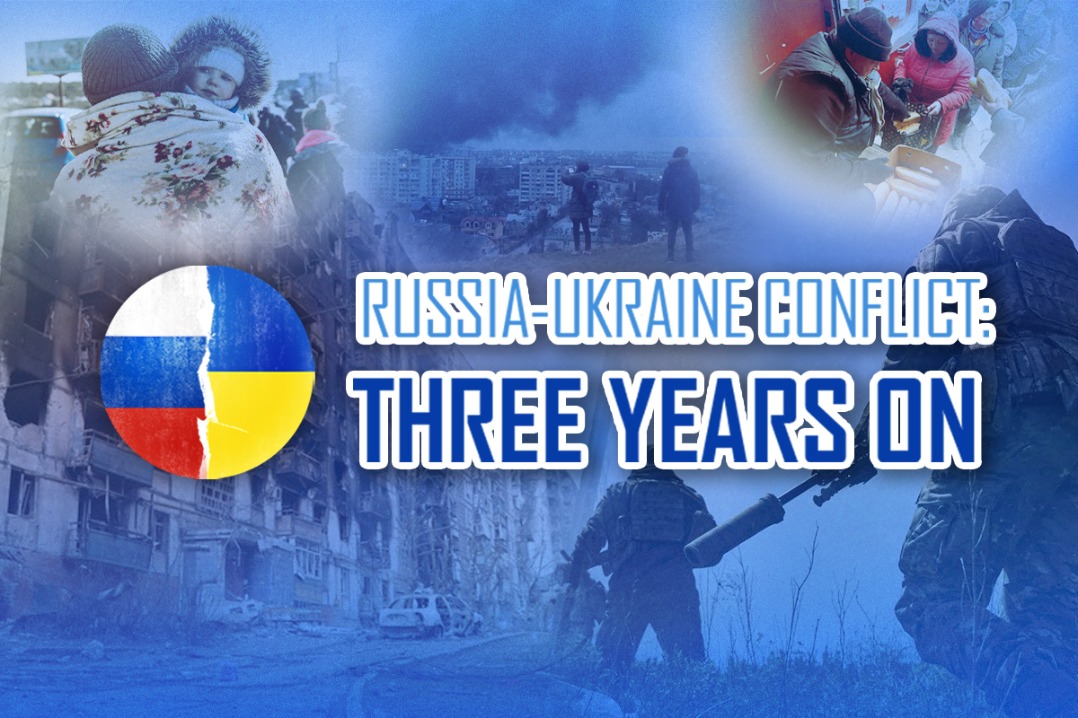China team snaps up honors for space photos
By JULIAN SHEA in London | China Daily Global | Updated: 2025-09-18 09:18
A former category winner from China in one of the world's top photography competitions has gone one better this year and scooped the overall first prize of 10,000 pounds ($13,630).
Together with colleagues Qi Yang and Chuhong Yu, Weitang Liang, a graduate from the School of Physics and Astronomy at Sun Yat-sen University in Guangzhou, Guangdong province, was named overall winner at the ZWO Astronomy Photographer of the Year 2025 competition for their image, The Andromeda Core. It comes three years after Liang won the Stars and Nebulae category on his own in 2022.
This year's competition, its 17th staging, drew nearly 6,000 entries from 68 countries, with the winners across nine categories announced at London's Royal Observatory Greenwich last week.
It was a good night for China, as in addition to the overall winner, there were six other prize winners, including Yurui Gong and Xizhen Ruan, who won the Sir Patrick Moore Prize for Best Newcomer — named after the legendary British astronomer — for their image Encounter Across Light Years.
Chinese entrants were also runner-up and highly commended in the Our Sun and Stars and Nebulae categories, as well as lauded in the People and Space category.
The winning image of the core of the Andromeda Galaxy (M31) was captured using a long focal-length telescope at the AstroCamp Observatory in Nerpio, southern Spain, where clear skies and an absence of light pollution combine for exceptional visibility.
Ed Bloomer, one of the competition judges and an astronomer at Greenwich, said the image's artistry was as important as its scientific content, and called The Andromeda Core "technically superb" with stunning detail and a color palette that was "really dramatic, bright but not garish".
While photography of subjects such as people or nature is about capturing a specific moment, astronomical photographic images can be compiled over days, by multiple people. But as Liang said, in a universal context, days are tiny units.
"The exposure time in astronomy photography is really just a blink in the formation history of the universe," he told China Daily.
"If we rescale the situation in the time domain, there are not too many differences (to other types of photography)."
Liang added he hopes advances in astrophotography would encourage more people in China to join the community.
"The new generation has the advanced knowledge to work in this field, and they can do great jobs, but based on the size of the Chinese population, the numbers are still not enough."
























